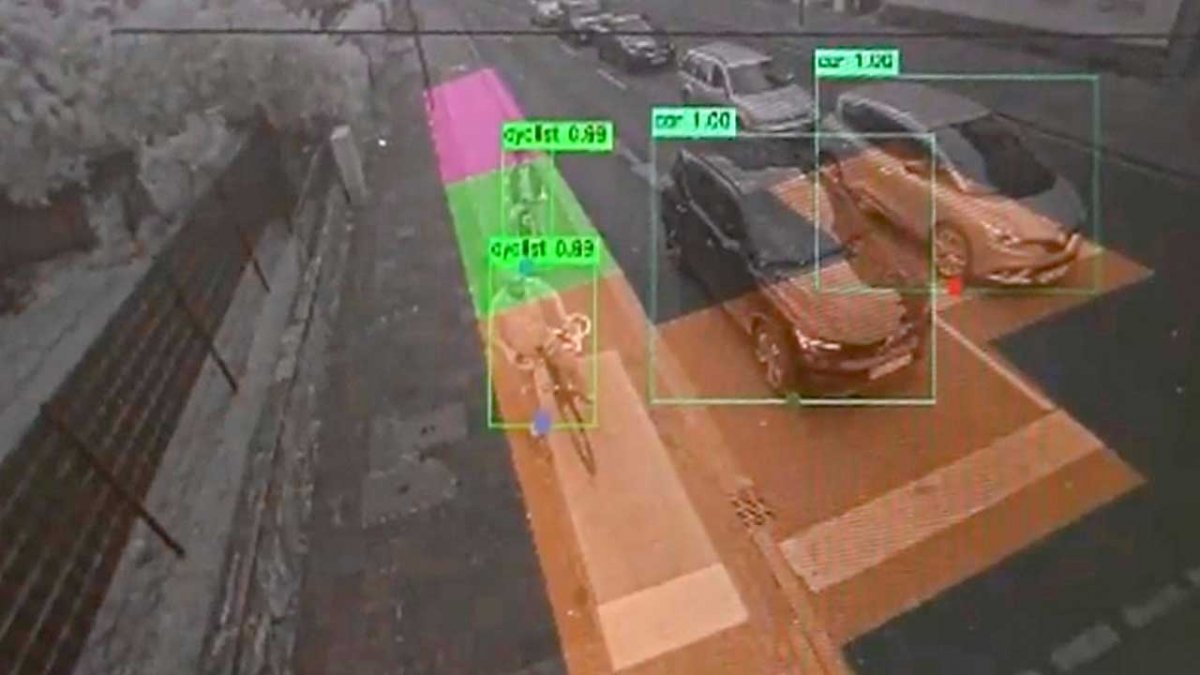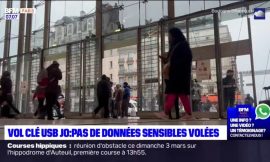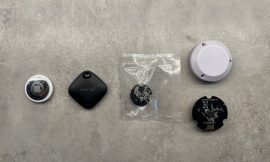In the North Rhine-Westphalian city of Hamm, a traffic light system controlled by artificial intelligence (AI) is now in operation. This AI technology, developed by Munich company Yunex, is being used at the Hessler Straße/Marker Allee intersection. The system utilizes video cameras to analyze images and determine how many road users need a green light. It can prioritize and react accordingly, taking into account factors such as cyclists and pedestrians. Christian Bressler, head of traffic technology and control in the city’s civil engineering department, states that this is the first AI traffic light of its kind in Germany.
The AI system consists of seven cameras installed at the intersection in Hamm. These cameras capture footage across the streets, including cycle paths and footpaths. For example, the system can detect a cyclist up to 70 meters away from the intersection and factor that into its calculations for the duration of the green phase. It can also recognize individual pedestrians or groups, such as school classes, approaching the intersection. This allows the system to extend the green phase to accommodate the entire group crossing the streets.
In terms of data protection, Bressler assures that road users are only recorded temporarily for control purposes, and no data is saved. If the technology proves successful in improving traffic flow, it could potentially be implemented at other intersections. Yunex Traffic, initially a division of Siemens Mobility, became an independent company in 2021. Their “awareAI” technology utilizes algorithms to determine the direction and speed of detected objects, enabling them to create crossing time forecasts. The system can distinguish between various classes of objects, including pedestrians, bicycles, motorcycles, cars, trucks, buses, trams, and trains.
The objects detected by the cameras are transmitted via an encrypted web socket connection in JSON format, providing information about the object’s class, position, classification confidence, detection zone, and, if required, speed, direction, and object ID. The evaluation unit, known as “awareAI Core,” is capable of analyzing three frames per second. If lower frame rates suffice, multiple awareAI cameras can be evaluated using a single core. Alternatively, a separate awareAI server can be employed for more complex and extensive application logic.
Efforts to improve traffic flow are not limited to Hamm. The Fraunhofer Institute for Optronics, System Technologies, and Image Exploitation IOSB is developing a system that utilizes machine learning to optimize traffic flow at intersections. In the broader context of the development of autonomous vehicles, there are also initiatives to connect vehicles with traffic lights. In Munich, for example, traffic lights can now communicate with cars at 22 intersections, informing drivers of the optimal speed required to pass through the intersection when the light is green. Additionally, in London, pedestrian lights have been set to default to green, only turning red when a vehicle approaches.



